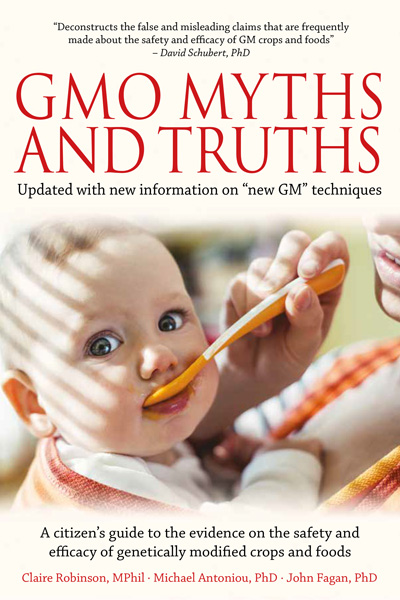 Currently only three New GMOs are being cultivated and not a single crop has contributed to sustainability goals
Currently only three New GMOs are being cultivated and not a single crop has contributed to sustainability goals
The European Non-GMO Industry Association (ENGA) and the Non-GMO Project, North America’s leading GMO labelling organisation, have released a joint report shedding light on the market reality of New GMOs. Despite the hype and the political pressure to deregulate these genetically engineered crops, the report finds that only three New GMOs are currently cultivated and not a single crop has contributed to sustainability goals.
The report’s key finding is clear: those in the food industry wishing to produce without GMOs still can - and should - continue to do so. There is no flood of New GMOs on the global market. Only three New GMOs are currently in cultivation: two maize plants, grown in the USA which are insect and herbicide resistant and a tomato, with increased GABA content intended to lower blood pressure, cultivated in Japan. 49 New GMO crops are currently in development and two of the earliest examples have already been withdrawn due to commercial failure.
“Despite the hype, the evidence from our report is overwhelming: New GMOs are only a promise and are far from a reality on the market,” said ENGA Secretary General, Heike Moldenhauer. “Furthermore, despite widespread claims, not a single New GMO currently on the market delivers on sustainability promises, one of the main reasons their proponents are pushing to deregulate them.”
The report, which is the first in a series of annual reports intended to inform the food and feed sectors about key developments of New GMOs, reveals:
* Only three New GMO crops are being cultivated globally: two in the US and one in Japan.
* Many of the 49 crops “in development” have been cleared for market access, especially in the US, but are not actually grown.
* None of the New GMOs in development address climate resilience or biodiversity loss, with just two showing potential for drought or salt tolerance.
GMWatch points out that while "New GMOs" are indeed new in that they are a second generation of GMOs following on from the first-generation older-style herbicide-tolerant and Bt insecticidal GM soy and maize, the techniques used to produce them have actually been around for many years. The gene-editing tool CRISPR was first shown to work in plants in 2013 and the tool later named TALENs was described in 2009-2010. That's a long time to wait for a new technology to produce anything useful.
Commenting on New GMOs' record of failure, Hans Eisenbeis, Director of Mission and Messaging at the Non-GMO Project, said: “Efforts to launch the next generation of GMO plants using gene-editing technologies like CRISPR just aren’t getting off the ground, despite permissive regulations (such as those in the USA), exaggerated sustainability claims, and billions of dollars in public and private investment.”
The report highlights shifts in the development of New GMOs compared to their old counterparts. While the application of old genetic engineering largely focused on four plants - soy, maize, rapeseed and cotton - used as animal feed, processed food ingredients, fuel or clothing, the spectrum of application of the New GMOs is far broader. With new genetic engineering, companies are working on a variety of plants that are intended for direct human consumption.
The developers of New GMOs have become more diverse - whereas old GMOs were mainly produced and marketed by the ‘four gene giants’ Corteva, Bayer, BASF and Syngenta, many companies are involved in the development of New GMOs, as are state institutes. The report lays out the “regulatory hotspots” around the world.
In the report, a map of New GMOs in development reveals that the vast majority are in the US (30), followed by China (8), Brazil (6), and Argentina (5). GMWatch comments that this finding suggests that the venture to gene edit the food supply is overwhelmingly American.
ENGA and the Non-GMO Project strongly recommend that companies in the food industry:
* Explicitly exclude New GMOs in their supplier requirements.
* Rely on independent certification systems that ensure products are free from New GMOs.
The new report is available on ENGA's website
https://www.enga.org/fileadmin/user_upload/New_GMOs_Market-report-2025.pdf
Image: Shutterstock (licensed purchase)










